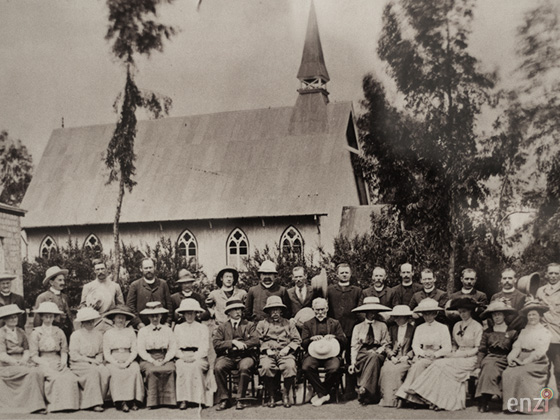Administration of British East Africa
In the early 1880’s, European interest in Africa increased dramatically. The European powers began rushing to obtain unclaimed territories within areas of interest in Africa leading to Berlin conference of 1884-85 attended by foreign ministers of the European powers to agree on which region each power had the right to ‘pursue’ the legal ownership of land, free of interference from any other power. The purpose of the conference was not to simply ‘divvy up’ the African continent between the European powers, as it is commonly believed.
According to the Berlin conference Act of 1884-85, Principle of Effectivity, stating a sphere of influence over a territory was one thing but for a European power to hold that region as a colony it had to actually posses it i.e. the European power had to:
- make treaties with local leaders,
- fly their flag there,
- establish an administration in the territory to govern it with a police force to keep order,
- make use of the colony economically.
Failure to do these things meant that another power could do them and take over control of the territory.
During this rush to occupy Africa two European powers, Britain and Germany expressed interest in the East African coast, a region occupied by the Sultanate of Zanzibar and the interior of Eastern Africa. To resolve this common interest amicably the two powers signed a treaty in 1886 in which they agreed that Germany would lay claim to the coast of present day Tanzania and Britain retained access to the area in which Kenya and Uganda lie.
Britain acknowledged a sphere of influence over this region but was reluctant to take an active responsibility in its administration as it was focusing its resources in other interests such as land acquired in Southern Africa. In 1888 the British government assigned the right to administer the eastern territory to a commercial company. The British government encouraged Sir William Mackinnon whose shipping company had leased from Seyyid Said his mainland holdings, 16km wide strip of land along the coast, to establish British influence in the region. Mackinnon’s company had already established extensive trading activites in the region with Mombasa and its harbour being central to the company’s operations. The company had an administrative office in Shimoni, 80km south of Mombasa. Mackinnon formed a British East Africa Association which led to the Imperial British East African Company (IBEAC) being chartered in 1888 and given an original grant to administer.
The IBEAC assumed administrative control of British East Africa- a region stretching from the eastern coast of Africa to the kingdom of Buganda, on the north-western shore of Lake Victoria (an area of approximately 639,209km²). Apart from the expected work involving the governing of the exportation and management of goods and agriculture, IBEAC’s main role was to facilitate the construction of a railway connecting the east coast region of Mombasa to Lake Victoria. In 1890, IBEAC started building the Mackinnon-Scalter road, a 1000km ox-cart track from Mombasa to Busia on the Uganda border.
Conflict between rival factions in the operations of the company prevented it from investing the necessary time and money into the construction of the road. IBEAC had contracted Frederick Lugard to build the company a fortified location in Uganda but there arose tension between the Kabaka, French Catholics, Protestants and the company which culminated in a civil war in 1892. Though IBEAC won in the war the damage to the company was irrepairable as it was already struggling financially due to customs issues. In addition, the money spent in funding the war nearly bankrupted the company thus the company could not continue the British government’s attempt at colonizing Eastern Africa.
The IBEAC proved to be an ineffective attempt at allowing commercial businesses local administrative rights. In 1894 the British government dissolved the IBEAC declared a protectorate over the territory and assumed full responsibility for its administration. The British government completed the construction of the Mackinnon-Scalter road and built the Kenya-Uganda railway from the port of Mombasa to lake Victoria between 1896 and 1901.

